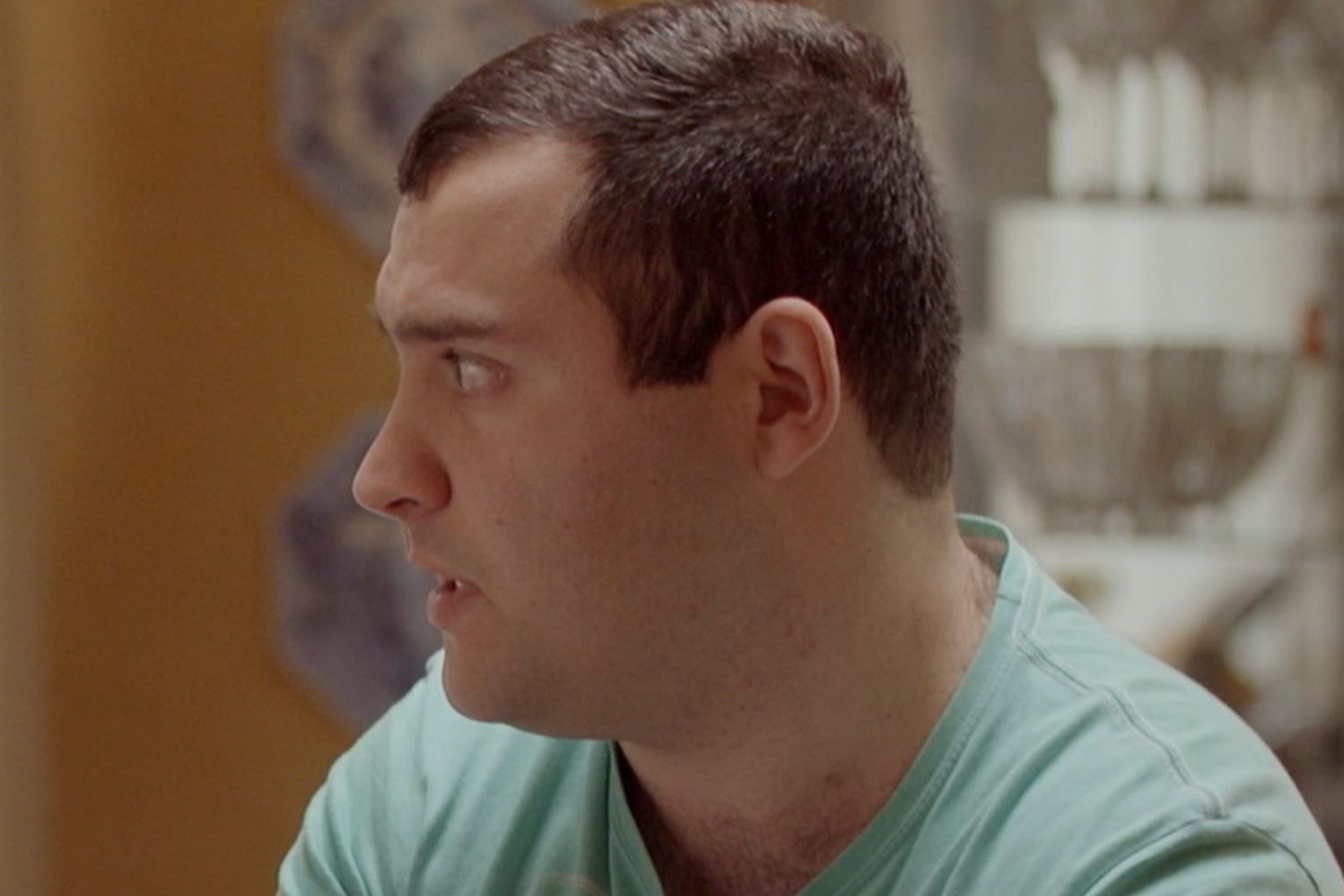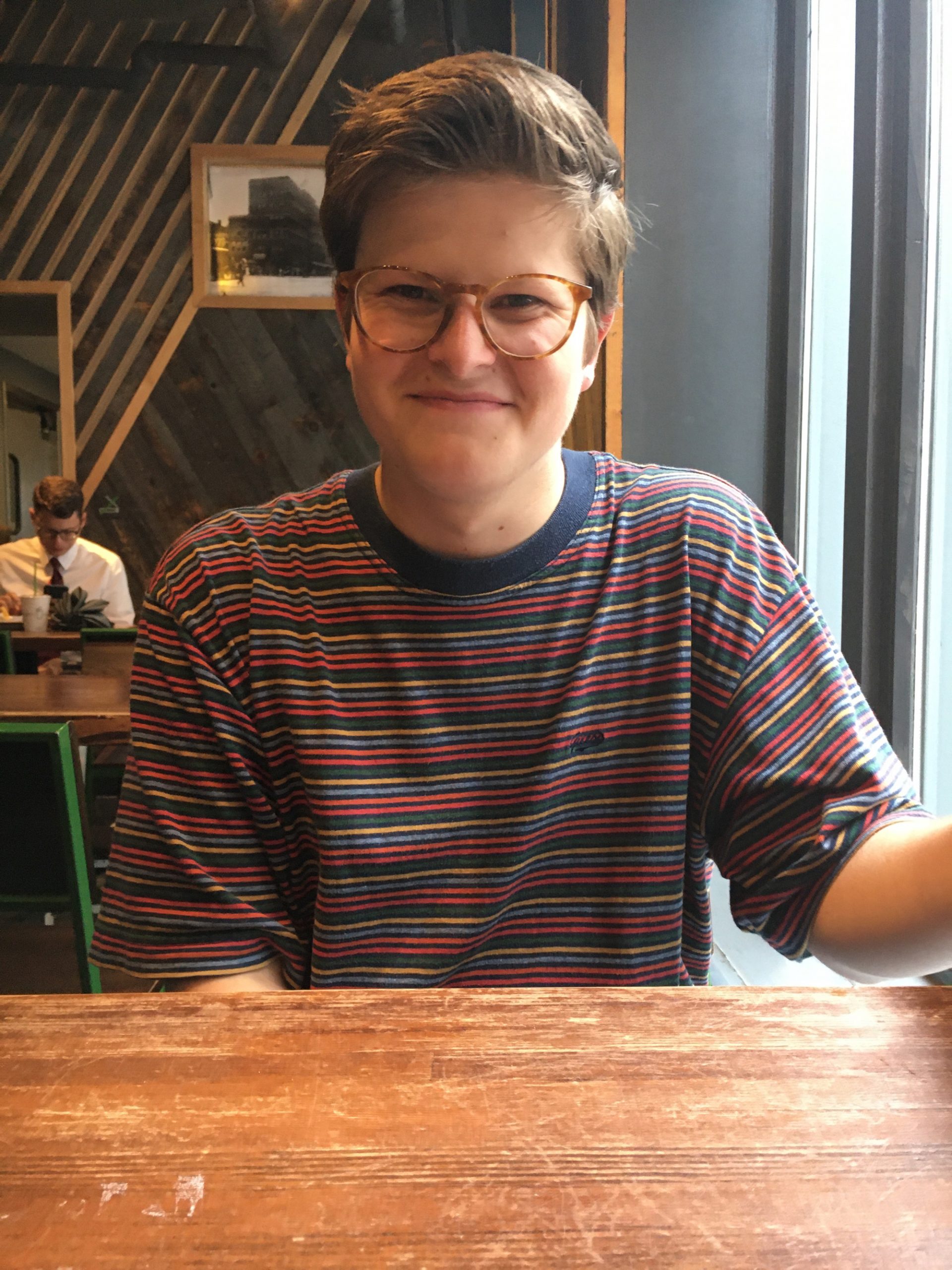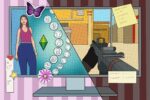The last five months have been rife with time in front of a screen. Admittedly, there were days when I sat and watched as sunlight slid across my wall until it was dark again; I’d simply grumble and readjust my seat before returning to scrolling through swaths of available titles on Netflix. When university classes shifted to online instruction and I moved back into my childhood bedroom, I spent countless hours enveloped in mind-numbing television.
Like most Americans, many of my own invented practices like limiting my screen time went out the window as the pandemic came to reinvent the new normal. Not only was each day a struggle, but finding productive ways to distract myself proved quite difficult too. For the most part, titles like “Tiger King” and “Love is Blind” delivered less-than-satisfying content within the realm of reality programming. However, right as my summer break came to a close, “Love on the Spectrum,” Netflix’s latest unscripted installment, asserted itself as a force to be reckoned with.
Cian O’Clery’s latest project initially aired on the Australian Broadcasting Channel in November of 2019. The show, which follows a group of 11 young men and women on the autism spectrum, works to unpack the evidently tricky realm of romance and dating. Unlike programs that focus specifically on the process of courtship and the abutting drama, “Love on the Spectrum” operates as a larger benchmark for neurotypical viewers to understand the facets of navigating both family and love lives for individuals on the spectrum.
The cast members introduced throughout the premiere ensure the five-episode series holds promise. Michael, whose greatest dream in life is to be a husband, shares that he “just learns things a different way.” Nineteen-year-old Chloe admits that “life is not a movie” when it comes to dating. Ruth and her boyfriend, Thomas, demonstrate how finding love has meant independence for the pair.
By general principle, the show’s presumed benefits are twofold: A minority long overlooked in reality television finally gains some authentic screen time; in turn, neurotypical viewers are offered an opportunity to understand experiences fairly disparate from their own lives.
O’Clery, who is also the producer and director, expresses an intention to revise the larger cultural understanding of neuro-divergence: “Hopefully, it allows you to get to know different types of people and realize that it’s a really diverse spectrum, and not to make any assumptions.”
Where “Love on the Spectrum” falls short
If the show truly seeks to achieve a more holistic depiction of young adults with autism, then perhaps the anticipated second season should actively work toward better inclusivity.
The entire series features just one queer couple and a single person of color, which makes their aim to celebrate diversity fall a bit flat. I don’t intend to undermine the participation and hard work of those featured on Season 1, but hopefully, O’Clery actively works to remedy this unintentional exclusion in the future.
Though the show seeks to present a wide array of identities within a single community, it struggles with intersectionality. Now, reality television broadly demands to be taken with a grain of salt. Managing one’s expectations is especially pertinent in this instance, where only so much progress can be made throughout the television industry in a single season.
Inclusivity is precisely the trouble with critiquing a television show like “Love on the Spectrum,” through which only a sliver of humanity is put into the spotlight. The program must ensure a broader audience won’t feel alienated by shown experiences. Intentionally or not, showrunners present their subjects through an idealized lens, showing viewers what they want to see rather than starting crucial conversations.
At times, this compulsion causes certain plot points to feel forced and invasive. Couple Sharnae and Jimmy are flippantly confronted by the production team at one point, when the crew poses a question about their sex life.
This advertent microaggression corners them into revealing an aspect of their relationship that should remain private unless they choose to initiate such a conversation on their own. Inquiring about their intimacy quietly assumes that a relationship between two people on the spectrum should or may be inherently sexless or — if they are intimate — that the couple’s sex life is abnormal as a result of their neurodivergence.
“They are a couple in their 20s. They are moving in together. They sleep in the same bed. For any readers in doubt, I can assure you: Autistic people have sex, just like anybody else. … It was a bizarre question and supremely uncomfortable to watch,” writes Sarah Luterman, a journalist focused on disability policy and politics.
A few steps forward
“Love on the Spectrum” certainly creates pressing issues on its own accord, but succeeds in the general attempt to introduce neurodevelopmental disorders into mainstream media. Yes, there are low points, but those stem from showrunners, not the subjects who share their stories. Without fail, the young adults featured make the room a little brighter.
In one standout scene, Chloe and Lotus pick sunflowers after a successful first date, and both women appear to alleviate their anxieties. In another, the inimitable Ruth teases her fiancée, saying, “I never professed to be a lady.” He replies with a smile, “Good.”
These glowing moments smooth the show’s occasionally rough edges, reminding the viewers why they hit play in the first place. Awkward interview questions and prying camerawork may occasionally thwart its good intentions, but on the whole, “Love on the Spectrum” is a step in the right direction.

















